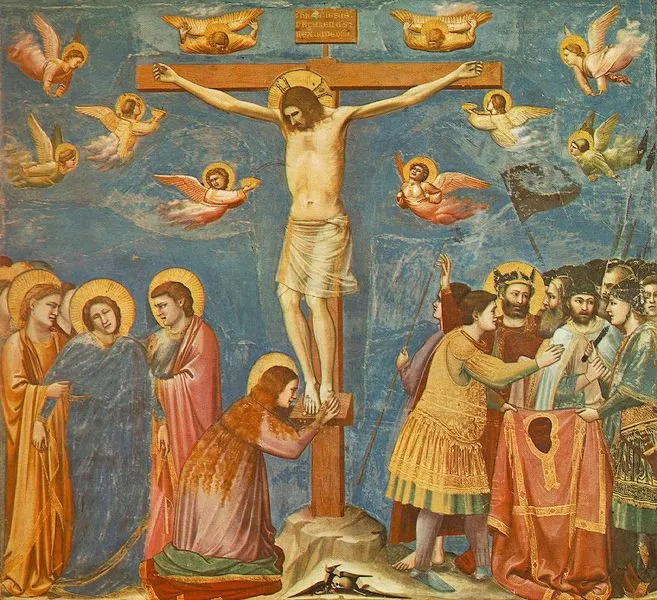We've just spent a day in Carcassonne, in southern France, just north of the Spanish border. It's a place every Christian should visit as a reminder of the blood-soaked history of their religion because Carcassonne was the site of one of the most brutal periods of Catholic history until the conquest of the Americas, the Albigensian Crusade.
The Albigensian crusade was conducted on the orders of Pope Innocent III, surely one of the most misnamed Popes in history; a crusade with the objective of nothing less than a total genocide of the Cathars and their religion.
The technique put into practice many of the methods used to terrorize populations and force them into submission that had been developed in the Crusades against the Moslems of the Eastern Mediterranean, where the method was to promise land to the barons and noblemen who led the armies, and the spoils of looting and pillage to the mobs of mercenaries that comprised to soldiery. There were no provisions for feeding and supplying the rag-taggle mobs as they raged through the countryside, so they had to take wheat they needed from the local populations. Towns and villages were ransacked, and the inhabitants slaughtered as a matter of routine.
And bloodletting was encouraged and glorified, to the extent that one observer recorded enthusiastically how the streets of Jerusalem were ankle-deep in blood when the Christian mob over-ran it.
The origins of Catharism are somewhat obscure, as it contained several different ideas fused into a loose system of beliefs with no central authority, so it tended to vary in different communities. A central idea was the essentially Gnostic belief in two gods - a good god of the spiritual domain and an evil god (Satan) who created the physical world and trapped angels inside human bodies. The creator (evil) god was the god of the Old Testament and the good god was the god of the New Testament, who Jesus was sent to tell us about. Escape from the physical world was through death and a special form of baptism to enable reunion with the god of the spiritual realm.
Like Catholicism does today, Catharism was obsessed with sex and saw sexual intercourse as sinful unless performed in the prescribed manner and pre-blessed by a priest in a special ceremony.
A consequence of their belief that the physical world was the domain of Satan and created by him to keep people away from God, was that everything to do with sexual intercourse was to be avoided because it produces more physical reality and more angels trapped in human bodies, so they were Pescatarians, believing that meat, cheese, milk and eggs were the result of sexual intercourse, but fish spontaneously generated and thus were safe to eat. The general disapproval of sexual intercourse caused some obvious problems for some Cathar communities, but others had found a way round it in a legend that the origins of the battle between good and evil in Heaven was because Satan had seduced one of God's wives (he has two, apparently), or maybe it was God who seduced one of Satan's two wives. This was sufficient evidence that God has sexual intercourse, so doesn't prohibit it.











